#textitle
Explore tagged Tumblr posts
Text
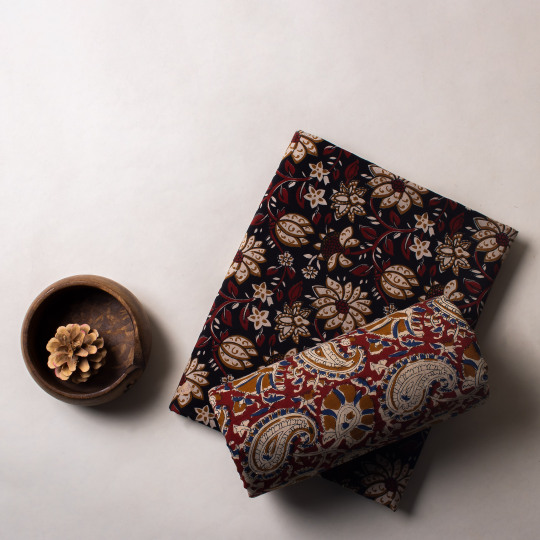
Discover the epitome of timeless elegance with our exquisite hand-blocked floral cotton fabrics from Bagru Textiles.
#dmaasa#fashion#dmaasaprint#handblock#floralcotton#bagrutextiles#textitle#blockprint#artisancraftsmanship#timelesselegance
2 notes
·
View notes
Text
Why Is My Detergent Staining My Clothes?
Have you ever loaded your laundry into the washing machine, only to find that your clothes come out looking worse than when they went in? If you’re finding that your laundry is coming out of the wash with stains, it’s likely that your detergent is to blame. Maybe you are using the wrong kinds of detergent for your fabrics or not washing your clothes correctly.
Also, it can occur when your detergent is out of date. Try a new detergent or consult your washing instructions to solve this problem to see if you’re doing something wrong.
In this blog post, we’ll explore the reasons why your laundry detergent may be staining your clothes. We’ll also provide some tips for solving the problem.
All the Reasons Why Is Your Detergent Staining Your Clothes? There are a few reasons why your laundry detergent may be staining your clothes. Here are a few possibilities to investigate:
Using Too Much Detergent In fact, employing too much detergent can result in stains on your clothing. This is because detergent, which cleans by dissolving and eliminating dirt and grime, can actually end up leaving behind a residue that can draw in and hold onto stains if there is an excessive amount of it used.
Not Using Enough Detergent The amount of detergent you use determines how clean your clothes will be. That’s because detergent is made to remove dirt and grime by breaking them up, read more ...
1 note
·
View note
Text
The The Best Pillows Of 2023
The best pillows of 2023 cater to a variety of sleeping positions and offer customized support for your head and neck.
Memory foam pillows and cooling pillows are popular choices, providing personalized comfort and temperature regulation.
Natural materials like down and buckwheat can offer a softer, more traditional feel.
Advanced features like adjustable loft and smart technology that tracks your sleep are becoming more common.
read more: https://bestuniquedecor.com/best-pillows/
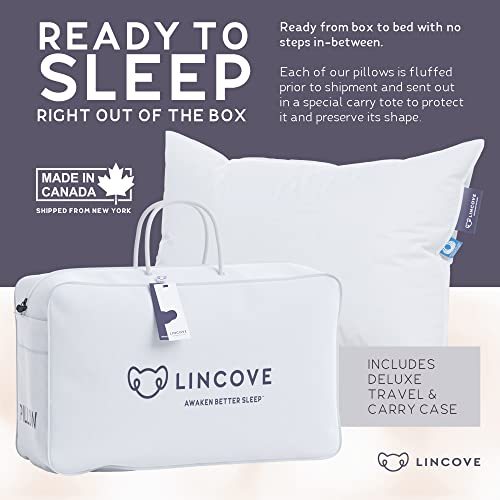
0 notes
Photo

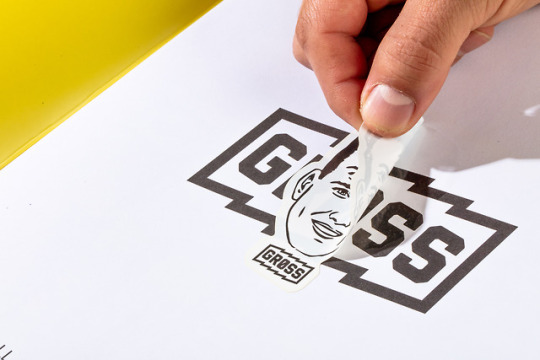

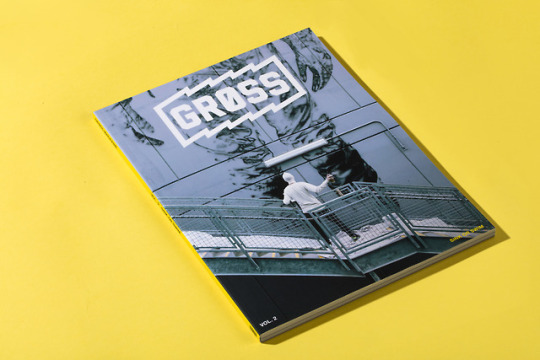
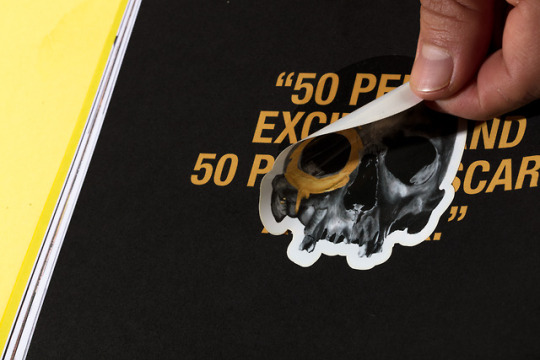



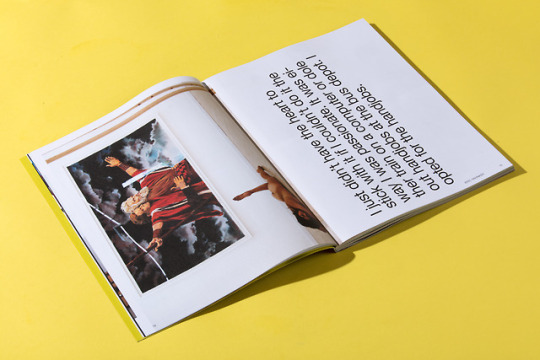

GRØSS VOL. 2: SINK OR SWIM
Features four covers.
- A$AP Ferg
- CYRCLE.
- Eric Yahnker
- Kit King
Contains hand placed, removable stickers.
Is very sweet.
See more here. Woohoo!
—
GRØSS, an independent design studio based in San Francisco, CA, is raising the art world’s standard for thoughtful design and timeless content.
grossmag.com
#print#design#graphicdesign#layout#sticker#stickers#type#typography#contemporary art#fine art#textitles#painting#illustration#magazine#mag#zine#publishing#indie magazine#grossmagazine#gross magazine#grossmag#eric yahnker#elizabeth waggett#cyrcle#a$ap#a$ap ferg#kit king#kitking
63 notes
·
View notes
Photo
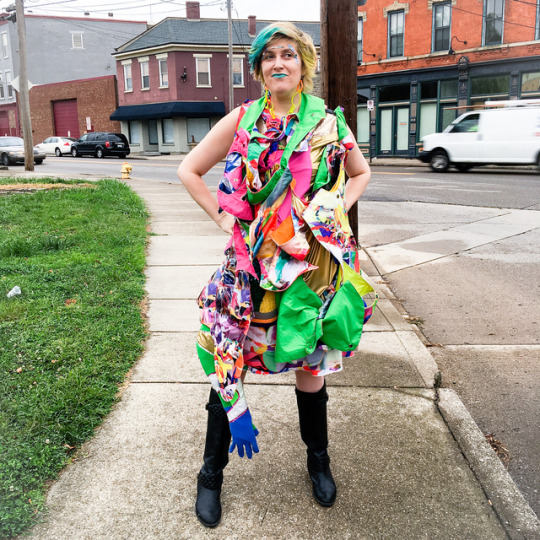
Some recent outfit sketches post 2- #lifeuniform #performanceart #performance #fashion #color #fashionart #textitles #sketch
2 notes
·
View notes
Photo

Htamein. Shwenyaung, Myanmar 🇲🇲 #gozitravel #textitle #travel #htamein #longyi #burmese #myanmar #pattern (at Nyaung Shwe)
0 notes
Text
Shop Jayachandran's Best Women's Chains Online! Find your perfect neck chain for any look. Explore trendy & classic styles. Shop Now!
#fashion#outfit inspiration#women's gold chains#gold chains online#jayachandran textitles#online store for women
0 notes
Photo

#Repost @colonialwmsburg ・・・ New on exhibition: “Textile Arts of Britain”! Be sure to check out this exhibition at The Art Museums of Colonial Williamsburg, telling the story of the most important industry in 18th century Great Britain. . The 13 British North American colonies were the biggest market for the trade, and more fabric flowed to North America than any other commodity. From the simplest wash cloth to the most elaborate furniture upholstery and fashionable clothing, textiles were spun, woven, and finished in British factories to be sold by merchants around the globe. . Visit the exhibition at the Art Museums of Colonial Williamsburg. . . . . . . . . . . . #colonial #history #visitwilliamsburg #visitvirginia #williamsburgva #loveva #historicaarea #dukeofgloucesterstreet #dogstreet #18thcentury #history #livinghistory #museum #williamsburg #visitvirginia #americanrevolution #wherehistorynevergetsold #artmuseum #folkart #decorativeart #antiques #fineart #colonialart #oiloncanvas #arthistory #textitles #fabric #upholster https://ift.tt/2ZCqBu2
1 note
·
View note
Text
Results are in!!
Hey yall, im a big nerd and this is my poll and yall followed me so i get to be a big nerd in your face. I wanna do a debrief on this poll and take some info i think was fun or things i might change next time (again this is fun for me, im a big nerd.)
Oops!! -
Wording- I realized pretty quick as results came in i didnt set the scene quite right, as we can see transportation was a hot seller!! not unwarranted!! However, there did seem to be confusion that resulted in ppl maybe picking it over other things. Namely thinking this was exclusive, that only one of these features would be there and thus ppl feeling bc its necessary to run everything else that they had to pick it. Im so sorry babes. Thats on me!! Definitions- I would prob redo the way i defined the categories so it was more clear what your getting and what its covering. Originally I was wanting each to be a building that you liked the most, but as it goes on it get more vague and becomes style of structure or function instead. Lemme know if you'd rather Place (Cafe- things you do there vs Food forest- stuff you do while walking the trail) vs Category of Work (Creation -building structures, woodworking, textitles, crafts, etc... Vs Sorting- organizing, preparation of harvest/items, archiving, etc..) next time!!
Any other bugs you think i should change/work out? HMU!
...
Results-
Out of 797 votes I really enjoy how split up the results are! It makes it seem like i covered a good basis particularly since there wherent any additional write in options that ppl expressed.
The main problem ppl seemed to have was choosing one which makes me feel pretty good and pretty sad. Good- bc i feel like i covered good topics, sad- bc we are so desperate and unable to fathom most of these things overlapping ppl really thought it was an OR not and AND.
Transportation! - While there is a v good chance ppl are just obsessed with cool public transportation as i am, there is an equal chance ppl felt they had to choose it bc its the most vital and not bc they found it the most fun. Either way congrats to the winner with 26.7%
2. Cafe! - God ppl just wanna be creative and hang out and relax together without pressure of production huh? I feel this I do. Second up, and v close to 1st place with 24.8%
3. Food based! - People really want easy access to food, but also ppl love gardening/cooking/prepping together in groups! this almost may be a bias position given the type of people who are likley to participate in solarpunk in general. But idc!! Yall love it and im sure were all doing that food production with extra love in it!! with a 18.4% of the vote it matters a lot!
Thanks for reading all this and hmu with any comments!!
#nerdnerdnerd#solarpunk#polls#im an anthropologist at heart so yeah thats right i did a debreif on a poll#:P#community#cottagecore#hopepunk
210 notes
·
View notes
Text
Ammonium Carbonate Market Global Industry Overview and Competitive Landscape till 2032
As per Future Market Insights, the global ammonium carbonate market is estimated to expand at a 5.2% CAGR over the forecast period, reaching US$ 688 Mn in 2022. With a favourable demand outlook, the market size will reach US$ 1.1 Bn by 2032.
Ammonium carbonate is widely used in various as a leavening agent for baking goods. Manufacturers in the food sector are using food-grade ammonium carbonate since the demand for baked goods and crispy snacks with longer shelf-life is growing.
The various benefits of food-grade ammonia above other chemical leavening ingredients for specific types of cookies are anticipated to fuel sales in the market. Also, when compared to alternative leavening agents, the usage of food-grade ammonium carbonate results in a crispness that lasts longer.
Furthermore, because food-grade ammonium carbonate is not extremely reactive at room temperature, it has a good bench tolerance, making it ideal for cookie dough storage. As a result, bakers are increasingly incorporating food-grade ammonium carbonate into products that require exceptional crispness and shelf life.
In addition to this, ammonium carbonate is used in the textitle industry for syeing and printing various fibers. These salts increase the fastness property of the pigment on fiber, especially wet fastness. Due to this reason, ammonium carbonate salt is used widely in the textiles industry.
Competitive Landscape
Taixing Dongyu Chemical, Oasis Fine Chem, Akash Purochem Private Limited, Shanghai Tenglong Agrochemical Co. Ltd., BASF, Sinoharvest Corporation., Merckmillipore, Sandvick, Honeywell, Vishnupriya Chemicals, Adhunik Industries, Huaron Chemical Co Ltd, Prochem Inc, And Takasugi Pharmaceutical others are some of the key players in the ammonium carbonate market.
Get a Sample Copy of the Report @ https://www.futuremarketinsights.com/reports/sample/rep-gb-3990
Ammonium Carbonate Market Segmentation
By Grade:
Pharmaceutical Grade
Food Grade
By Type:
Lumps
Powder
By Application:
Leavening Agent
Pharmaceutical Ingredients
Food & Beverage agent
By End-Use:
Pharmaceutical Industry
Cosmetic & Personal Care
Food Industry
Textile Industry
Others
Global Ammonium Carbonate Market: Segmentation Overview
The global ammonium carbonate market is segmented by application, function type, and product type. By product type, the ammonium carbonate market is sub segmented into reagent grade and technical grade.
Within application section, these are further sub-segmented into food & beverages, pharmaceuticals, cosmetics & personal care, and animal feed. In pharmaceutical segment, Ammonium Carbonate is majorly used in cough syrups, cough relief, and other products.
Browse latest Market Reports@ https://www.futuremarketinsights.com/category/chemicals-and-materials
0 notes
Text
What are the main waterproof technologies of textile fabrics

The waterproof coated fabric is a new type of textile fabric, which is composed of high molecular waterproof and breathable material plus fabric composite fabric. It mainly has the functions of moisture permeability, breathability, and insulation. The textiles of waterproof fabrics have the properties of oil repellency, water repellency, and water pressure resistance. Waterproof coated fabrics are commonly used in outdoor clothing such as jackets.
With the improvement of consumption level and the popularity of outdoor activities such as snowboarding, surfing, cycling, and outdoor camping in China, the application of waterproof finishing has become more and more extensive, and the requirements have become higher and higher, especially in terms of outdoor activity equipment.
In mountaineering, a complete set of equipment includes at least: jackets, outdoor tents, thermal clothing, waterproof shoes, waterproof raincoats, etc. These types of equipment all have one thing in common, and that is waterproofing. Stretchable waterproof material for outdoor covers is widely used in outdoor clothing, and it is often seen in luggage, shoe materials, outdoor tents, etc.
So what are the methods of fabric waterproof production and processing?
Tight weave
The first waterproof finishing is to use the high-density fiber textile method, which is often referred to as compact fabric. This type of finishing method is currently mostly used for polyester or fiber textiles. The yarns are closely arranged, and the water pressure resistance can reach 104-105Pa. This type of fabric has high density, and poor tear performance in the textile and the spinning fabric must be specially treated, the production cost is high, and the processing is difficult, so it is rarely used.
Coating finishing method
The coating method is mainly to coat a layer of film on the surface of the fabric through lamination or coating process, so that the pores on the surface of the fabric are closed, so as to obtain waterproof performance. Although the products obtained by this method are impermeable to water, they are also not breathable. They are mostly used in the production of rain-proof tarpaulins, umbrellas, and other open-use products that are not suitable for wearing. With the extension of late technology, waterproof and moisture-permeable coatings have also appeared, and the application in clothing is mainly sun protection.
Hydrophobizing agent finishing method
This method is to form a hydrophobic gene on the surface of the fabric to prevent water molecules from passing through the material, thereby achieving the purpose of waterproofing. This is the so-called lotus leaf effect.
The dip rolling of this method is usually carried out under normal temperature conditions, that is, the so-called lotus effect. This kind of process is simple and easy to implement, and the cost is low.
There are many types of hydrophobic agents suitable for this type of process, such as the early aluminum soap water repellent, paraffin emulsion, etc., and the recent silicone, organic fluorine, etc. At present, fluoride water repellent is the most cost-effective and most widely used among these water repellent finishing agents, namely C8 water repellent, and C6 water repellent.
SUZHOU KRS is an industrial and trade-integrated printed fabric manufacturer, which started in 2012. SUZHOU KRS has accumulated rich production experience and technology in this field. Widely used in shoe material, high-end luxury car interiors, fashion fabrics, and so on. Plain weave Elastic spandex fabric for sportswear is one of our products, you can click to view more details.
NO
DA-JQ-A005
Ingredients and content
89% Polyester 11% elastic
GSM/WIDTH
250g/m2*150cm
Weaving process
Warp knitting
USE
Swimwear/underwear/sportswear/yogawear/bodyfitting wear/sports equipment/home textitle ect.,
If you are interested in our products, please contact us as soon as possible.
Related news of Warp knitted fabric
What are the benefits of wearing tights when exercising
Types Of Warp Knitted High-Density Suede Fabrics
0 notes
Text
HomeG8 - Home & Garden Store
Address
TacBit Technologies 1968 S. Coast Hwy #3672 Laguna Beach, CA
92651
Phone
+1 307 205 7563
Website
https://homeg8.com
Keywords
Home Decor Products Kitchen Products Textitles & Storage Products
Description
HomeG8 offers innovative & functional daily use Home & Garden Products with 1-3 Days Free & Fast shipping within USA. Visit our store now @ HomeG8.com for best online shopping experience.
1 note
·
View note
Photo
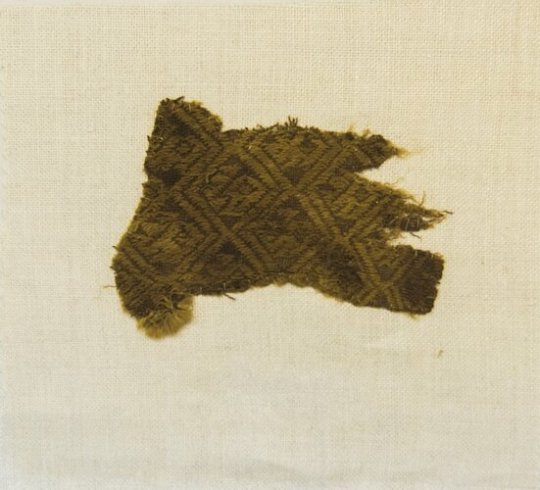
Textitle Fragment, undetermined, 1000-1532, Brooklyn Museum: Arts of the Americas
Size: 3 1/8 x 4 5/16 in. (8 x 11 cm) Medium: Cotton, camelid fiber
https://www.brooklynmuseum.org/opencollection/objects/84986
0 notes
Text
Non Woven Geotextile Manufacturers in India
Non-woven geotextiles are produced by entangling fibres, long or short together, either through needle punching or other methods. Suntech Geo Textitle Is best Non Woven Geotextile Manufacturers in India. To know why click here.
0 notes
Text
Textile installations

Going through bct, I never had an interest in textiles, I viewed them as materials to work with to build not materials to be explored. This left me looking at acrylic, plexiglas, fiberglass, silks, wood and metal to build my designs and/or installations, not really thinking about the materials individually and what narratives they held by themselves. This mindset has changed since starting mct. I now am fascinated by how textiles react to each other, with space, technology and especially blood. Blood is undeniably the driving force behind this excitement and exploration. When I knew that I wanted to explore the hidden narratives and accounts within the evolving materiality of blood, it’s relation to evolving digital data and manifesting those explorations together - textiles are an undeniable part of this exploration.
My practice of manifesting my digital waste each month onto large-scale silks has helped this exploration and really guided my thinking forward; a thought process and pattern that would not have occurred without the post-materiality postgraduate group. With what I’m looking into now (silks, resin, blood and lithophanes), it is important to research and explore what other textitle artists and researchers have done in the past. I’ve explored Jordan Eagles and his works Shards (2018) and The Blood Mirror Project (2014-2016). His work with blood has had a direct influence on my thinking of art practice and the specific material I’m looking at - blood. I had a conversation with Frances and Clint yesterday about my ethics application and Frances mentioned a textile artist Eva Hesse. Specifically her work ‘Contingent’.

Contingent by Eva Hesse 1969.
In this work Hesse explores cheesecloth, latex and fiberglass. The soft and malleable cheesecloth is painted with latex and suspended between fiberglass - giving these pieces each a distinct dichotomy of form. The works exist now as a hanging installation, along with a few of her other works which I am fascinated by such as “Right After” (1969) and “Aught” (1968).

Right After, 1969 [left] & Aught, 1968 [right]
With both of these installations Eva explores a multitude of materials such as fiberglass, polyester resin, wire, canvas, latex, rope, polyethylene sheeting and metal. While these works are stunning hung up, the most interesting thing to me is the self-awareness that Hesse had when creating these installations.
“She was well aware that latex decays―and loses the very qualities which she so valued―and knew of the discolouration and brittleness of fibreglass. Even though she admitted to feeling a little guilty that her works would not last, the qualities of latex were too appealing, seemingly irresistible.” (Ward, n.d)
I’m looking at the evolution of digital and physical material and it seems that was an area of interest to Hesse as well. Though, maybe it was something she wanted to avoid rather than embrace. I know that organic material with moisture decays in resin, which is potentially why Hesse used material such as wire in her works with resin. But the color and texture the pieces have now speaks volumes for the case for artistic material decomposition. I want to explore what this may look like with blood and I intend to contact Jordan Eagles to see what blood after a few years does in resin - but that is for another time.
Speaking about material investigation, Naoko Yoshimoto is a Japanese material artist and in almost all of her works she explores the narratives and meaning behind clothes, specifically worn white garments.

“White coffin”, 2006 [left] & “Shadow Portrait”, 2008 [middle] & “River of oblivion”, 2008 [right]
Yoshimoto doesn’t talk much about her process, so I don’t know how she makes the garments stand on end like they do in white coffin (2006) or how they are suspended in such a way as to make them not flat as is the case in River of Oblivion (2008). I suspect that they are coated or cast in resin, but I can’t be sure. They could’ve been sprayed with starch which would make them rigid, but it’s hard to say. Making aside - these conceptual installations explore the narratives within the materials and the final artifact(s) are not about how they exist now, but the evolution of the material itself - it’s life. A core aspect to my thesis, just not with white clothes. River of Oblivion is especially interesting to me, exploring bleach and how that reacts with the chosen worn garments, the way that the bleach is absorbed by the clothing reminds me of my experiments with blood and silk, how the silk absorbed the blood and the “fingers” that formed when suspended vertically.
Going off this idea of material exploration; Joseph Kosuth explores his materials in a more literal way.

“Glass Words Material Described”, 1965, Joseph Kosuth
Some of his works go along this vein, the artwork describing exactly what they are. Some would say this is the artwork being self-aware and while that is true, I also see that this is Kosuth’s investigation into the material itself. He is just describing them, but doing so; he investigates and explores them.
Another key aspect of my thesis exploration is that of evolutionary materials, both physical and digital. Decomposition is a fascinating aspect of materiality to me, and how resin can prevent (for a time) this process, but it is inevitable. Artist Makoto Azuma takes this idea of preservation, decomposition and evolution of material in his exhibition “Iced Flowers” (2015).

“Iced Flowers”, 2015, Makoto Azuma
Over the course of the exhibition which was held in a warehouse in Saitama, Japan; these flowers suspended in ice melt for a one-time fleeting installation. While the flowers are stunning in their arrangements; what’s really interesting to me is how they melt and eventually end their life as a pile of flowers in a puddle of water. This idea of a temporal, one-off installation echos the themes of “Until I Die” (2016), just with flowers and ice instead of electricity and blood. While blood evolves and decays, I wonder how I can encapsulate or explore this beyond the ‘final’ exhibition? Because realistically - the art will not stop evolving; it never will.
The final aspect and “puzzle piece” of my thesis is the concept of assemblage and bricolage. A practice of bringing together to create new. Artist El Anatsui takes this into his evolving installations where he takes found bottle caps from local alcohol recycling plants and weaves them together to create these large-scale evolving textile works.

Untitled, 2009, El Anatsui
The above installation is comprised of bottle caps and copper wire. Interestingly, everytime these works are displayed; he encourages them to take on a different shape and form. Each time you see the piece it will be different. Again, this echos the same fleeting and temporal nature of the installations of Azuma and Morozov. But this time, the installation continues and evolves past the initial observation. These pieces that Anatsui produces bring the smaller artifacts together which each have a story of their own, but together they tell a wider narrative. Similar to Eagles’ “Untitled” (2015) piece - part of the wider “Blood mirror project” (2014-2016).
All of these artists bring something to the table for me through these installations, each embodying an aspect of my thesis. I have not looked at posthumanism today, but that’s because I’m using it as more of a philosophical framework to encapsulate my ideas. One can argue that all of these aspects can be a guiding framework in themselves, but I have chosen to use philosophical posthumanism with this thesis.
While I’m not looking directly at the materials these artists have used, I can see how these aspects and “puzzle pieces” are explored and exhibited. The exhibition aspect can wait until later and when I know definitively what I am producing, but I can use these installations as starting points.
References:
Eagles, J (2018). Shards. Retrieved from: https://jordaneagles. com/shards#shards-2
Eagles, J. 2014-2016. The blood mirror project. Retrieved from: http://jordaneagles.com/blood-mirror#blood-mirror-1
Hesse, E. 1969. Contingent. Retrieved from: https://cs.nga.gov.au/detail.cfm?IRN=49353
Ward, L. n.d. Contingent. National Gallery of Australia, Canberra. Retrieved from: https://nga.gov.au/exhibition/softsculpture/default.cfm?IRN=49353&BioArtistIRN=15232&MnuID=3&ViewID=2#_ednref4
Yoshimoto, N. 2006. White Coffin. Retrieved from: http://www.naokoyoshimoto.com/works_sironohitugi2006.htm
Yoshimoto, N. 2008. Shadow Portrait. Retrieved from: http://www.naokoyoshimoto.com/works_sironohitugi2006.htm
Yoshimoto, N. 2006. River of Oblivion. Retrieved from: http://www.naokoyoshimoto.com/works_sironohitugi2006.htm
Kosuth, J. 1965. Glass Words Material Described. Retrieved from: https://www.skny.com/artists/joseph-kosuth?view=slider#16
Azuma, M. 2015. Iced Flowers. Masada seisakujo, Saitama, Japan. Retrieved from: https://azumamakoto.com/563/
Morozov, D [::vtol::]. (2016), Until I Die, Kapelica gallery, Ljubljana, Retrieved from: https://vimeo.com/206472719
Anatsui, E. 2009. Untitled. Smithsonian National Museum of African Art. Retrieved from: https://elanatsui.art/artworks/el-anatsui-untitled-2009-2
0 notes
Photo


Reflective Yarn # Light the night # Wuxi Lumia Textitle Co. Ltd #
1 note
·
View note